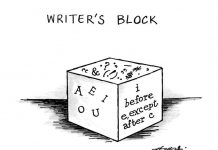Instructors who assign writing assignments (from English instructors who teach composition to history professors who require a term paper at the end of the semester) look forward to reading a student’s insight on a topic.
Many times teachers will assign an essay to students to determine if they have truly absorbed the material. If a student can restate the information in his own words along with his own opinions, chances are he understands.

An instructor has no way of knowing the depth of a student’s understanding if the student chooses to plagiarize. Many students will shrug and say being caught plagiarizing is not a good measure of what they know or that they misunderstood what was expected of them. But by the time a student is in college (and many times in upper high school classes), instructors assume students know what plagiarism is and how to avoid it.

So what if a student is totally baffled? Here are some common ways students plagiarize (whether accidentally or intentionally) and how to avoid them.
Downloading an Essay and Taking Credit is a Form of Plagiarism
On occasion, a student will claim that he didn’t know that downloading an essay or article off the internet was plagiarism. Some students will say a friend or a roommate wrote it for them or that, since there were sources cited in the article or essay, there was no plagiarism involved.
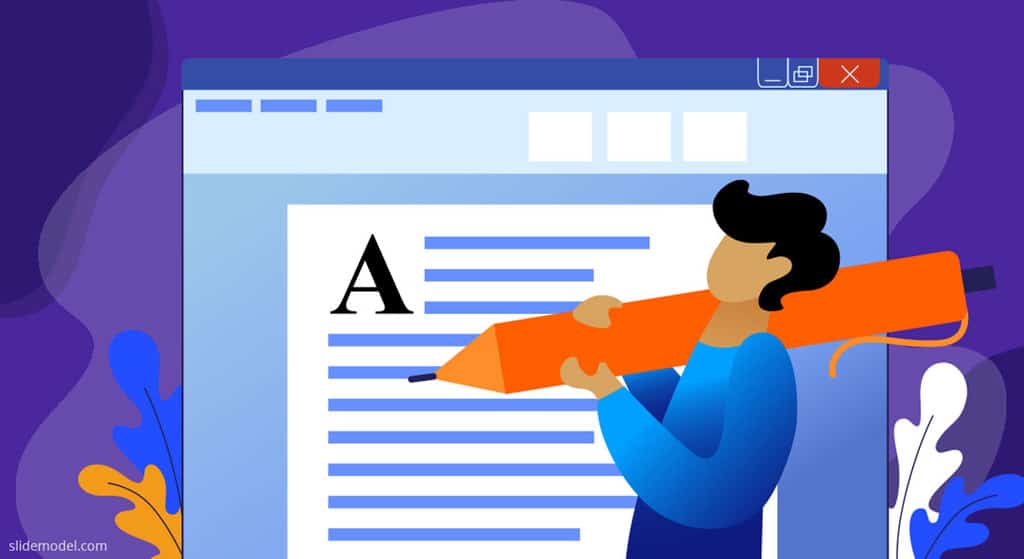
Instructors will question is that student is truly being sincere.
However, if the student genuinely doesn’t understand, here’s a way to do a self-check for plagiarism by asking these questions:
- Which words in this essay are mine?
- Which words in this essay are not mine? Which parts, citing another source or not, are not my own original words?

The best way to avoid plagiarizing in this manner is to set one’s sources aside and to write from memory after reading multiple sources that one has looked up himself. Inserting one’s own paragraph here and there inside a purchased or downloaded essay does not mean the student has made the essay his own.
Copying and Pasting Text Without Quoting or Otherwise Giving Credit is Plagiarism
This form of plagiarism is similar to downloading an essay in that it still involves copying something off the internet and taking credit for it. Sometimes students will claim that they didn’t understand that taking a paragraph or two wasn’t okay.

Just like downloading an essay, copying and pasting information is cheating; the same goes for typing a paragraph from a book or other print source word for word. Asking oneself the same questions above should help a student determine if there are questionable parts in her paper.
Sometimes, a student likes the structure of a sentence another author has written, and it’s okay to quote someone. What’s key, though, is making sure to give the author credit.

The student needs to put quotation marks around the information that is not her own and cite the original author. For example, a student might include this phrase in her essay:
- “Just like downloading an essay, copying and pasting information” is plagiarism (Jones-Shoeman).
Yes, she used someone else’s words, but she placed quotation marks around the words that were not hers and gave the author credit. In this way, she has avoided plagiarism.
- What Is Aromatherapy Vs. What Are Essential Oils?
- What is La Tomatina in Bunol, Spain Like? What to Expect at the Famous Tomato Throwing Festival
Other Ways Students Unwittingly (or Knowingly) Plagiarize
Some students do understand that they must give credit to the original author. They know they need to let their readers know they obtained their information elsewhere; however, they don’t always understand the need to quote.
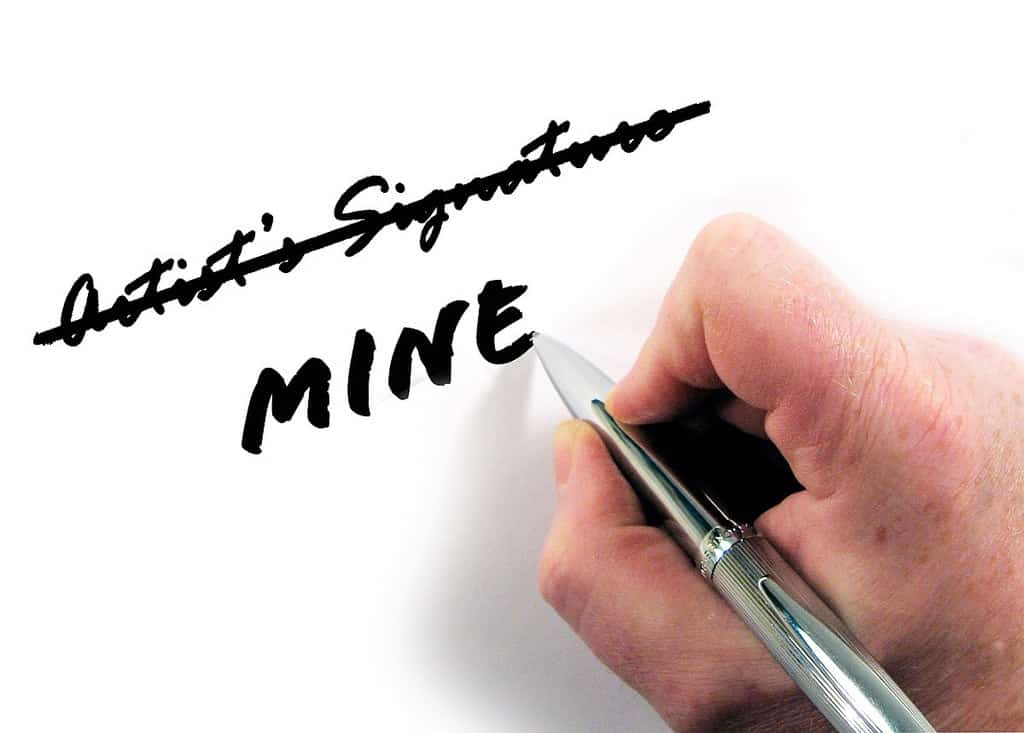
For example, this student could be accused of plagiarism:
- Just like downloading an essay, copying and pasting information is cheating (Jones-Shoeman).
But, the student might say, he cited his source. The problem is that the student didn’t put quotation marks around the quote. Yes, he acknowledged his source, but readers will assume that he merely paraphrased or summarized the original source. He must add the quotation marks to avoid being accused of plagiarism.
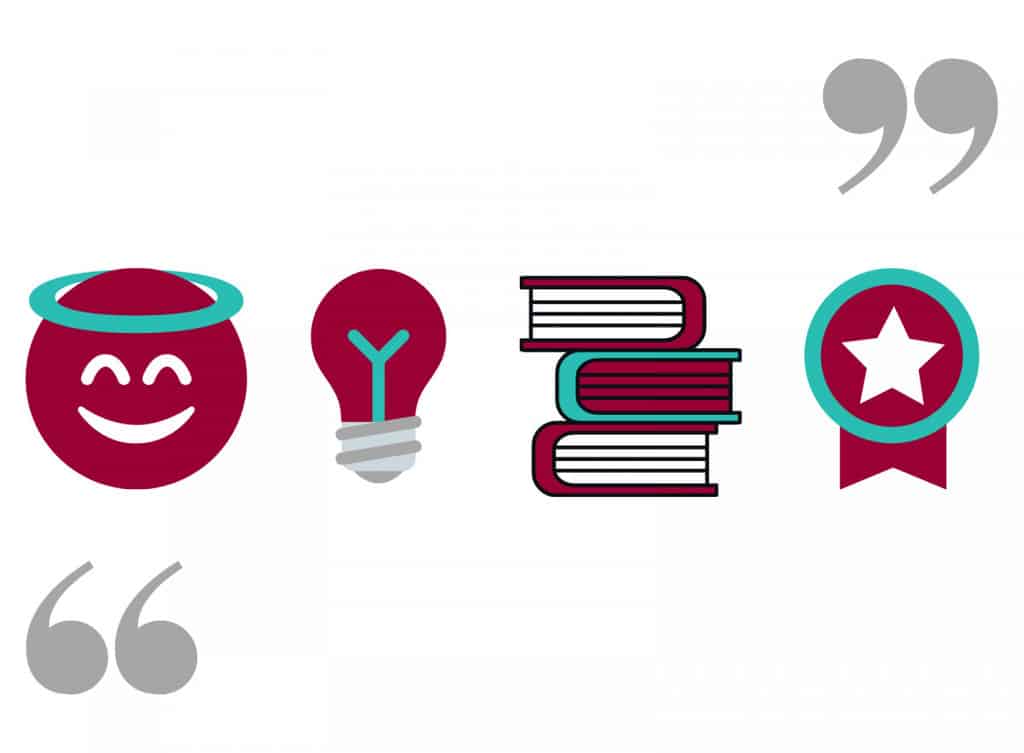
One other way students unknowingly plagiarize is when they substitute words or phrases in another author’s structure; in other words, they keep the original author’s ideas, structure, and phrasing. This is considered plagiarism, whether or not the student gives the source credit.
Many students will ask why. “But I didn’t quote the author; I put it in my own words.” Not really. Putting it into one’s own words involves completely “stripping” the quote from its original context.

If a student can’t truly reword it in such a way that it no longer resembles the original, she should instead quote it. For example, this sentence could be considered plagiarism:
- Similar to downloading a paper, copying and pasting material is dishonest (Jones-Shoeman).
The student here has simply taken a thesaurus and substituted similar words.

To avoid plagiarism, the student needs to completely reword what the author said:
- When students copy and paste information they’ve found on the internet, it’s considered plagiarism. Jones-Shoeman states this act is akin to downloading a paper.
The student must still cite her source, but by completely rewording the source, readers will understand that the phrasing belongs to the student.
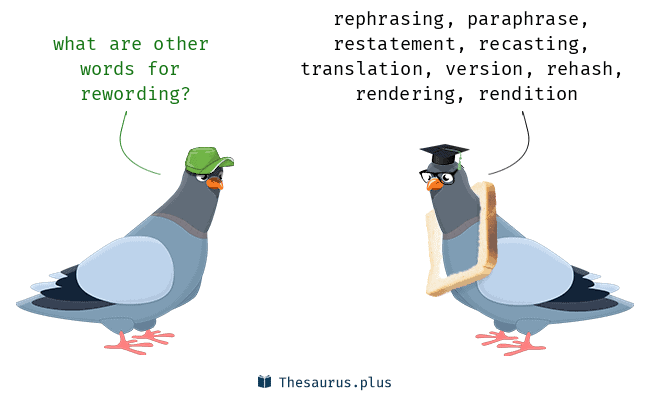
Here she has paraphrased her source. Again, the best way to avoid this kind of plagiarism is to remove the source from one’s sight and write from memory. Then compare the original to the rewritten. If it’s not similar at all, it’s likely all right.
Plagiarism is a Serious Offense
Many instructors will not give a student a second chance. Students accused of plagiarism can be expelled from school, given an F for the assignment, or fail a course. Plagiarizing can literally ruin a student’s academic career. It’s not worth it.
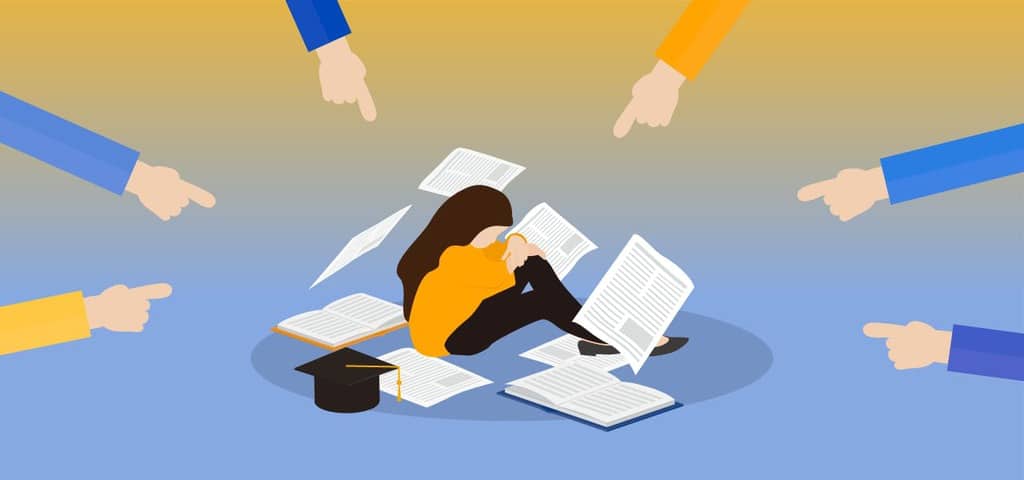
If a student is unsure, it’s best to have other people look an assignment over before turning it in. Students can see if there is a writing lab on campus or tutors who can look over their papers and give them advice before it’s too late.



